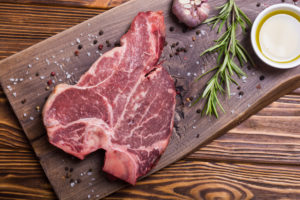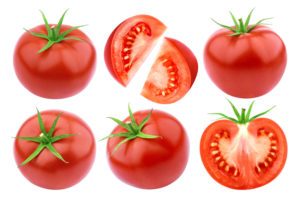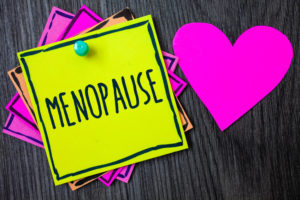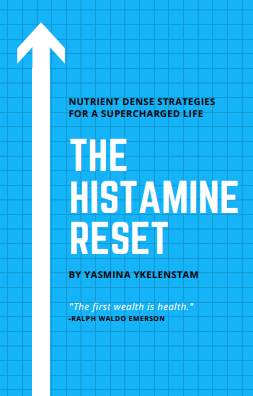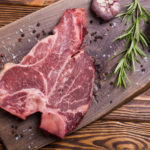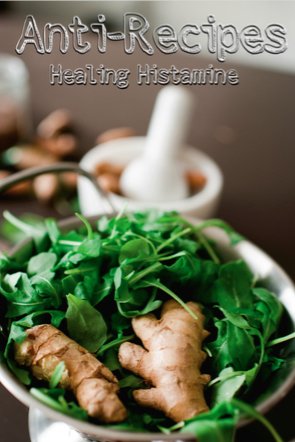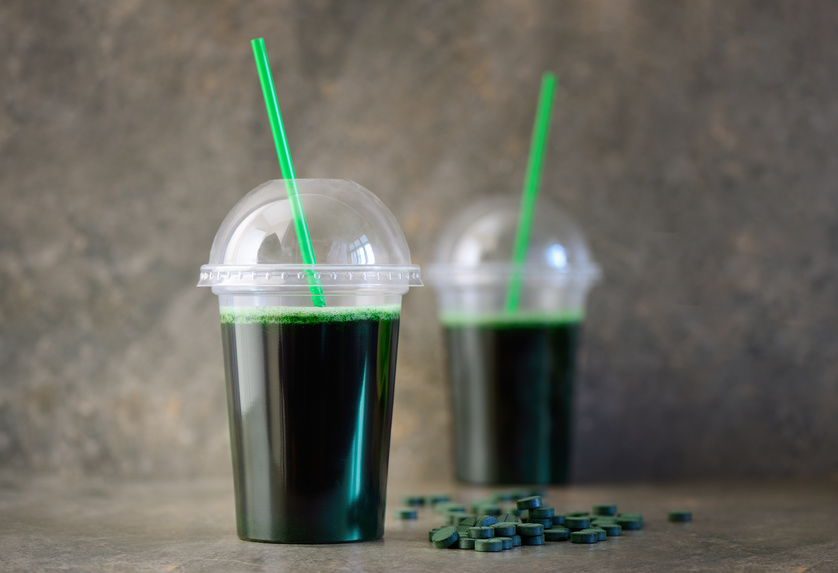
Supplements for histamine intolerance are always hit or miss. Just because a food or supplement shows certain properties in medical studies, does not mean they will translate to humans, and we can absolutely be allergic or reactive to them. But when they work, they’re amazing, and so I’ll keep sharing the latest studies on emerging or repurposed compounds.
SPIRULINA
Spirulina is a type of blue-green microalgae. It has been the center of more and more research as it is being considered for use in the pharmaceutical industry — it has that much potential. It is already being used as a dietary supplement and was a mainstay in the diet of the Aztec and Mayan people for thousands of years. It is one of the richest sources of plant proteins on the planet, as it contains 60-70% protein.
Studies on spirulina have already found this superfood to be anti-cancer, anti-inflammatory, anti-diabetic, and to balance high blood pressure. It has also been found to be protective of the DNA and the liver and to help stimulate the immune system. Some of these properties are due to its high levels of antioxidants and anti-inflammatory molecules (including beta-carotene), vitamins and minerals, important fatty acids and other plant compounds.
As I’ve mentioned before, spirulina has also been found to inhibit histamine release from mast cells, with one such study finding that its consumption “significantly” improved symptoms of allergic runny nose (allergic rhinitis) when compared to a placebo. Further studies should be performed in order to clarify the mechanism of this effect. One of the main components of spirulina, phycocyanin, may be the secret ingredient that makes spirulina such a powerful superfood.
And for those of us whose “aha” moment came with using curcumin rather and turmeric I definitely felt a lightbulb go off with an extraction of spirulina.
PHYCOCYANIN
Phycocyanin is a pigment used for this algae to perform photosynthesis — using the energy from the sun to convert carbon dioxide and water into food.
In an animal study of inflammation, rats that were already sensitive/allergic to egg white protein were given phycocyanin one hour before they were injected with a dose of egg white protein. (Think: 1 hour before meals). When the researchers checked the inflammatory and histamine response, it was clear that the phycocyanin reduced both inflammation and histamine release triggered by the allergenic food. In other studies, the results were the same, indicating that phycocyanin, a derivative of spirulina, is both anti-inflammatory and antihistamine.

HOW TO CONSUME MORE SPIRULINA
Spirulina does have a mild, slightly seaweed-y taste to it. For that reason, it’s great to add to a fruit smoothie with plenty of anti-histamine sweet fruits. Mangoes and peaches work really well, as do blueberries. Want a recipe to start including spirulina? Try my low oxalate Big Greenie jui-cie (juice/smoothie fusion) on this post.
Spirulina also works wonderfully well as a coloring agent, if you are the creative chef type. If you are using coconut butter as a spread, add a little spirulina for color (it doesn’t take much). Spirulina lattes are another option. (All the cool kids are doing it). Mix ½ tsp of organic spirulina powder with a cup of your favorite low histamine, dairy-free milk, sweeten to taste and blend away.
You can also add spirulina to your homemade salad dressings. Olive oil has antihistamine properties already. Add a squeeze of lemon, apple cider vinegar, or other “sour” of choice, add ¼ tsp spirulina (or to taste), season, and blend. Sure, it’s green, but it looks a bit herb infused. Speaking of herbs.. You could even sneak it in a homemade pesto of sorts, combining the antihistamine properties of olive oil, basil, spirulina, and your choice of nuts or seeds.
So, if you tolerate it, go find or make a dairy-free Spirulina Blue Latte to chase your histamine blues away…
————REFERENCES—————
Hyung-Min, Kim., Eun-Hee, Lee., Hye-Hyoung, Cho., Young-Hoe, Moon. (1998).
Inhibitory Effect of Mast Cell-Mediated Immediate-Type Allergic Reactions in Rats by Spirulina. Biochemical Pharmacology, 55(7), 1071-1076. Retrieved from:
http://www.sciencedirect.com/science/article/pii/S0006295297006783
Remirez, D., Ledón, N., & González, R. (2002). Role of histamine in the inhibitory effects of phycocyanin in experimental models of allergic inflammatory response. Mediators of Inflammation, 11(2), 81–85. http://doi.org/10.1080/09629350220131926


